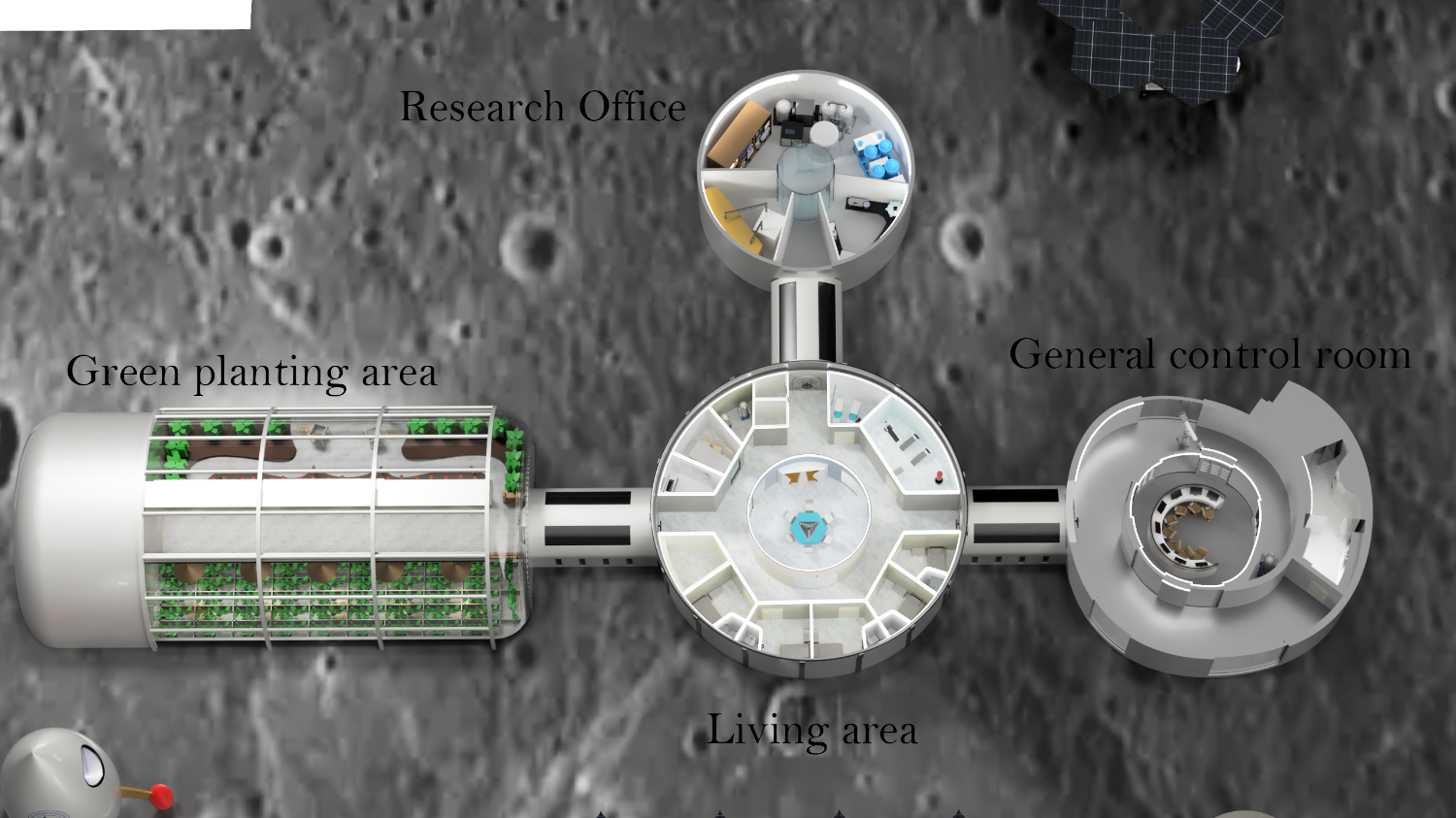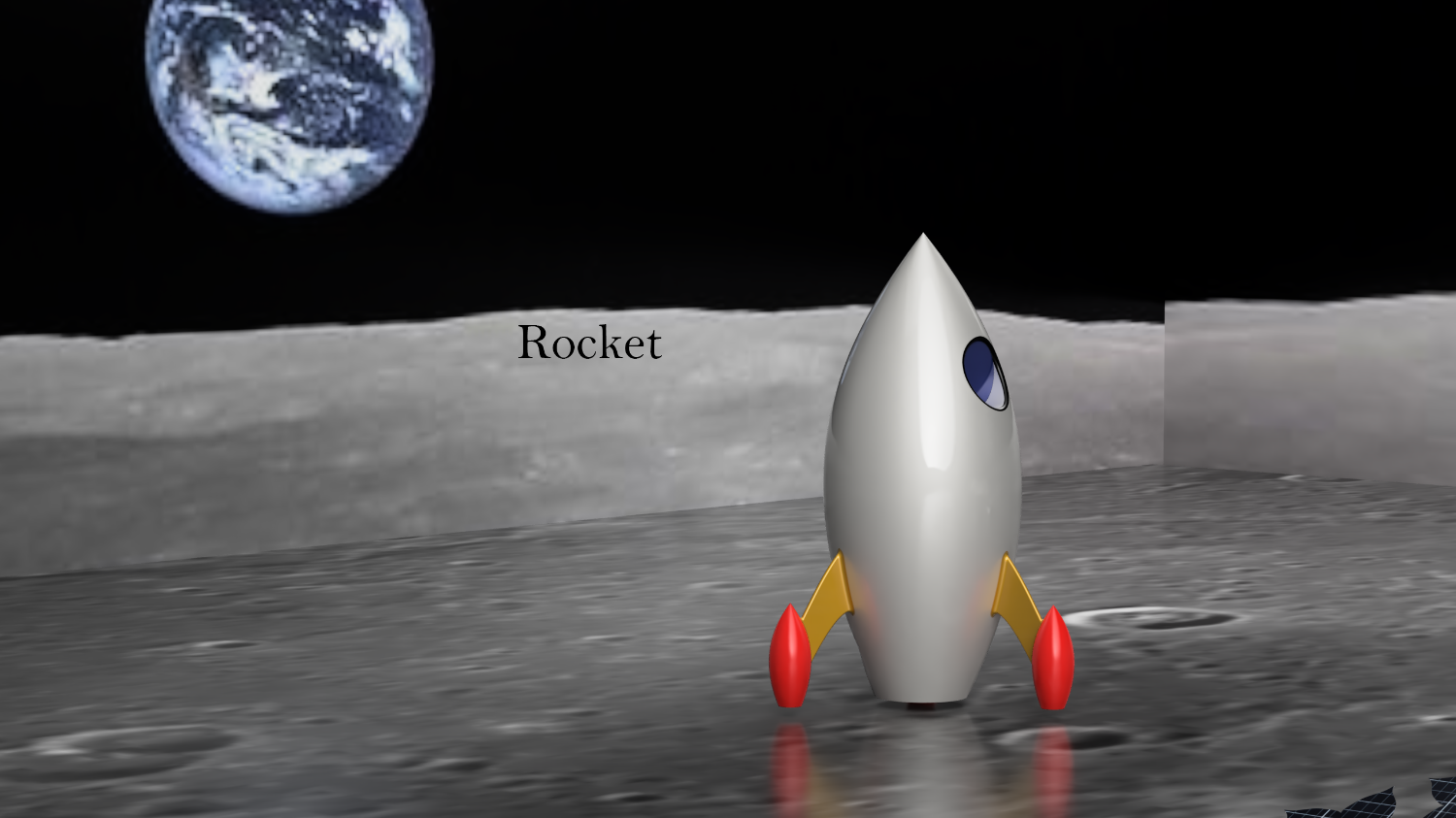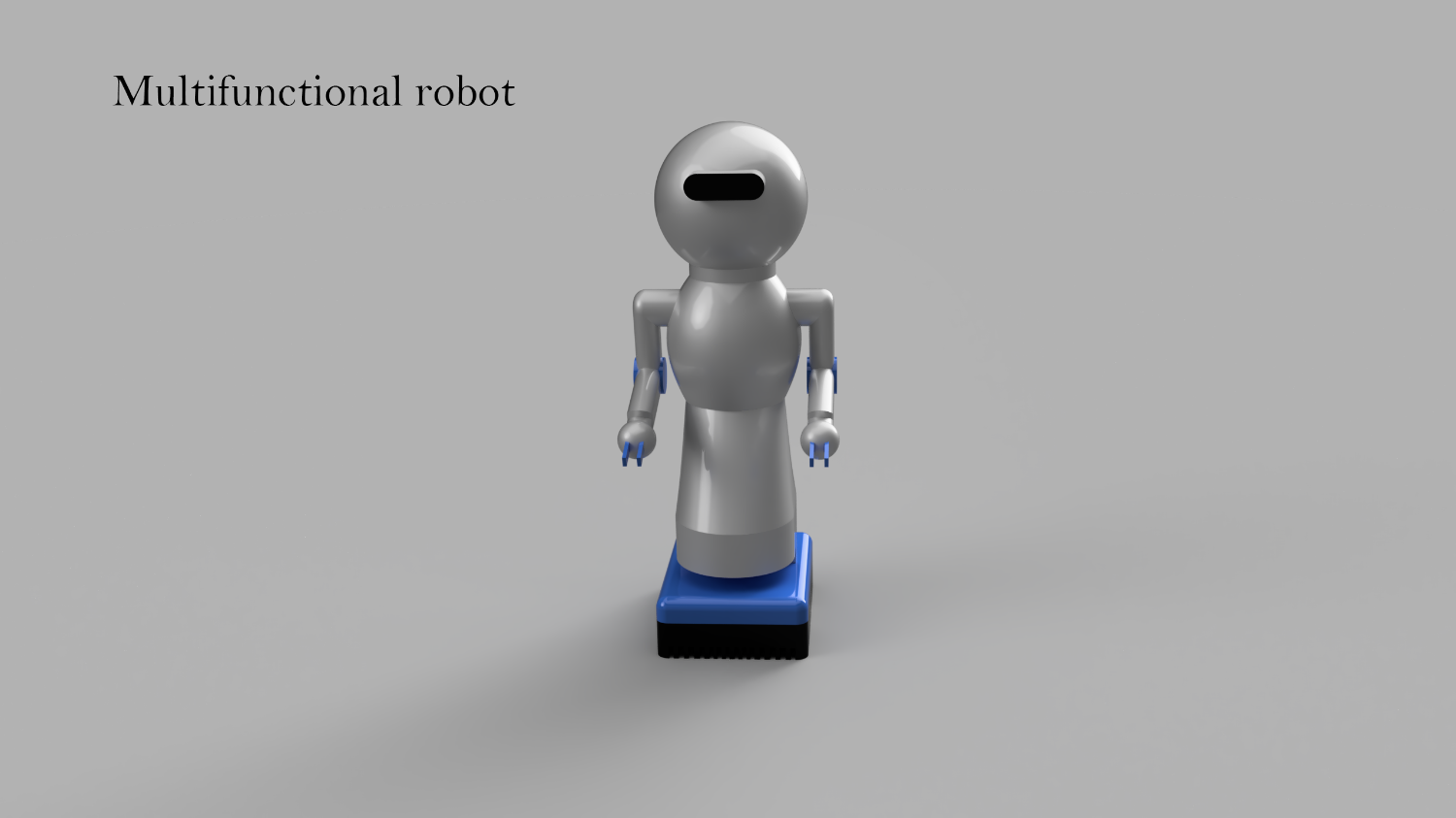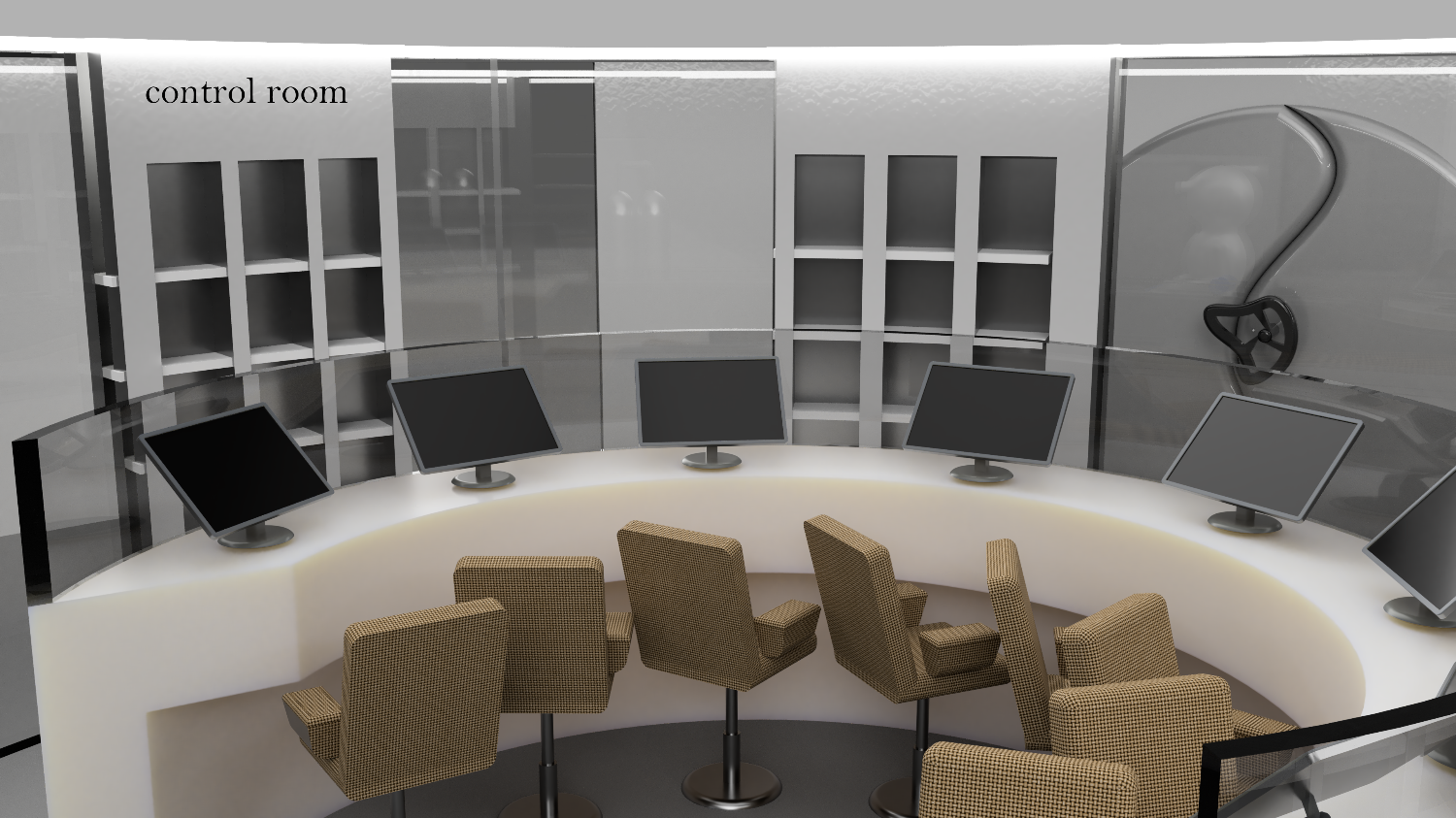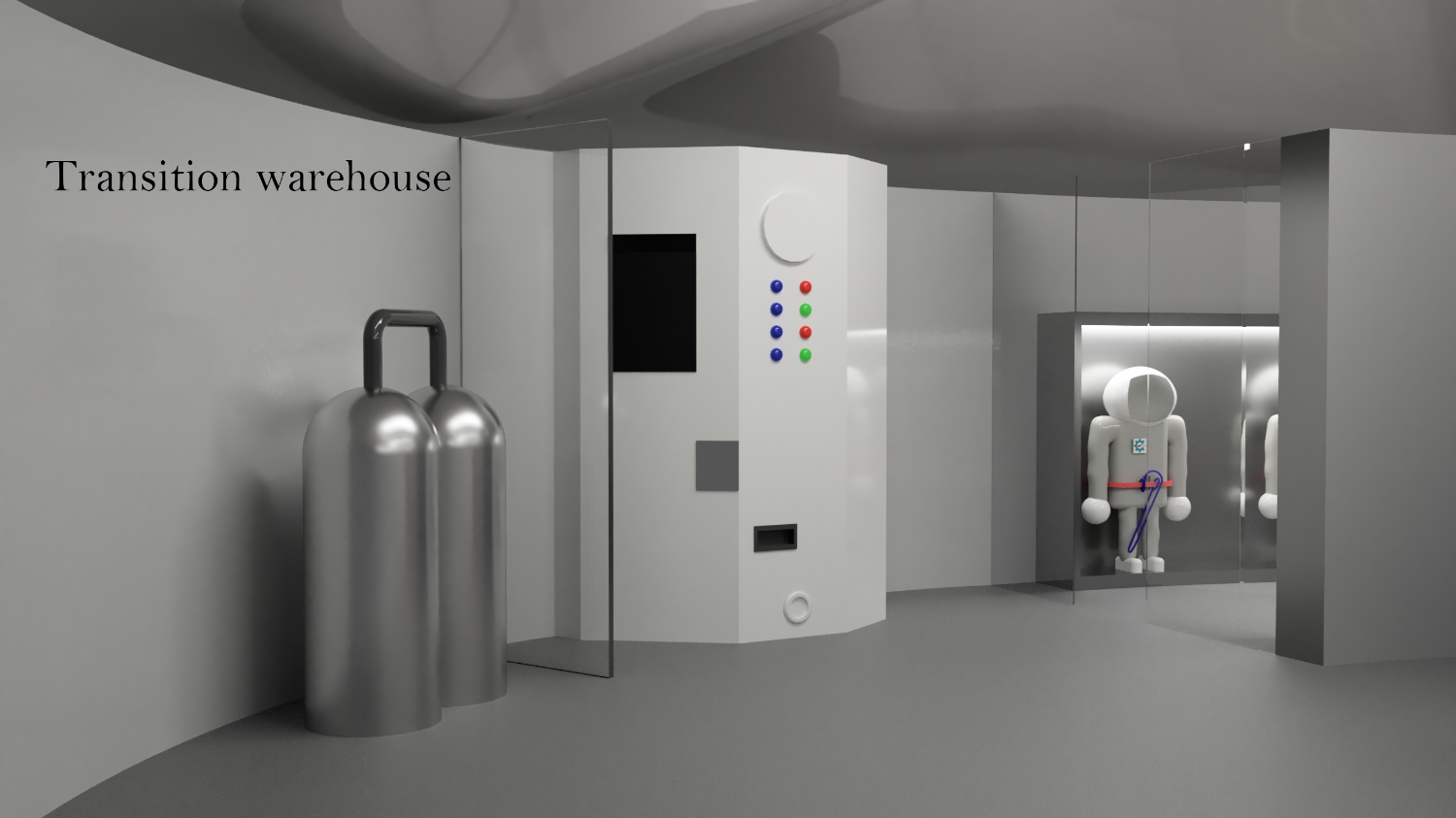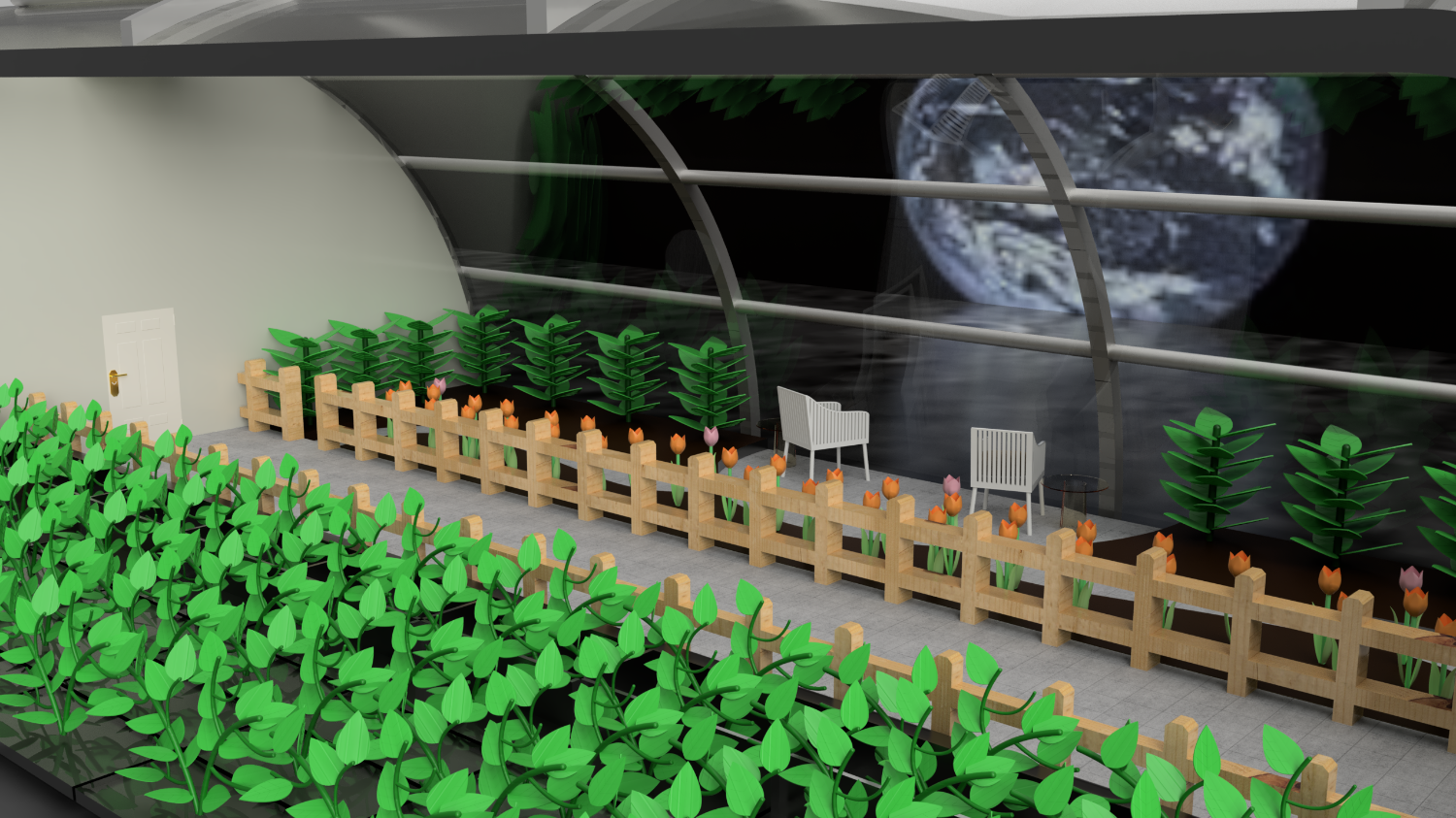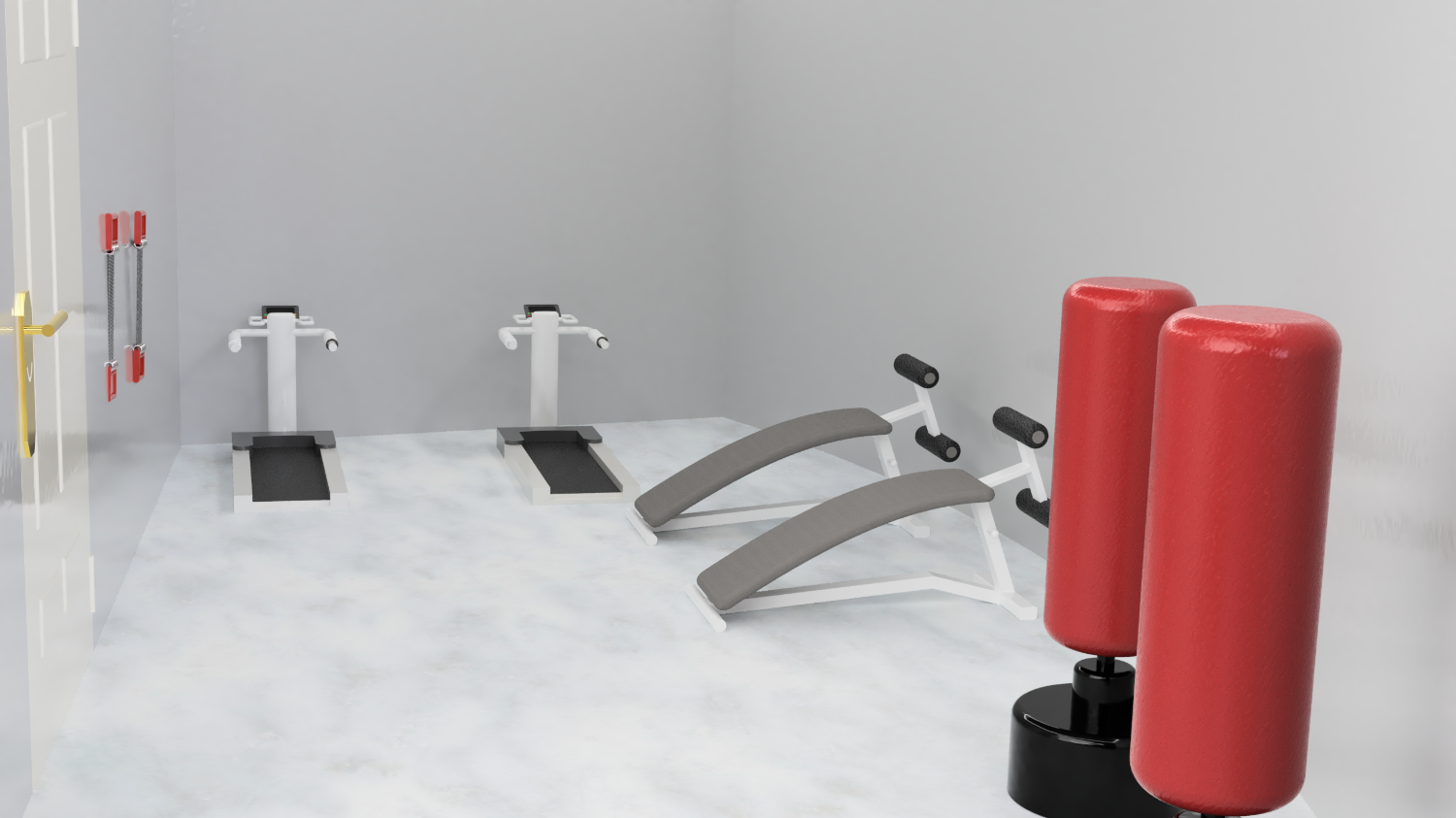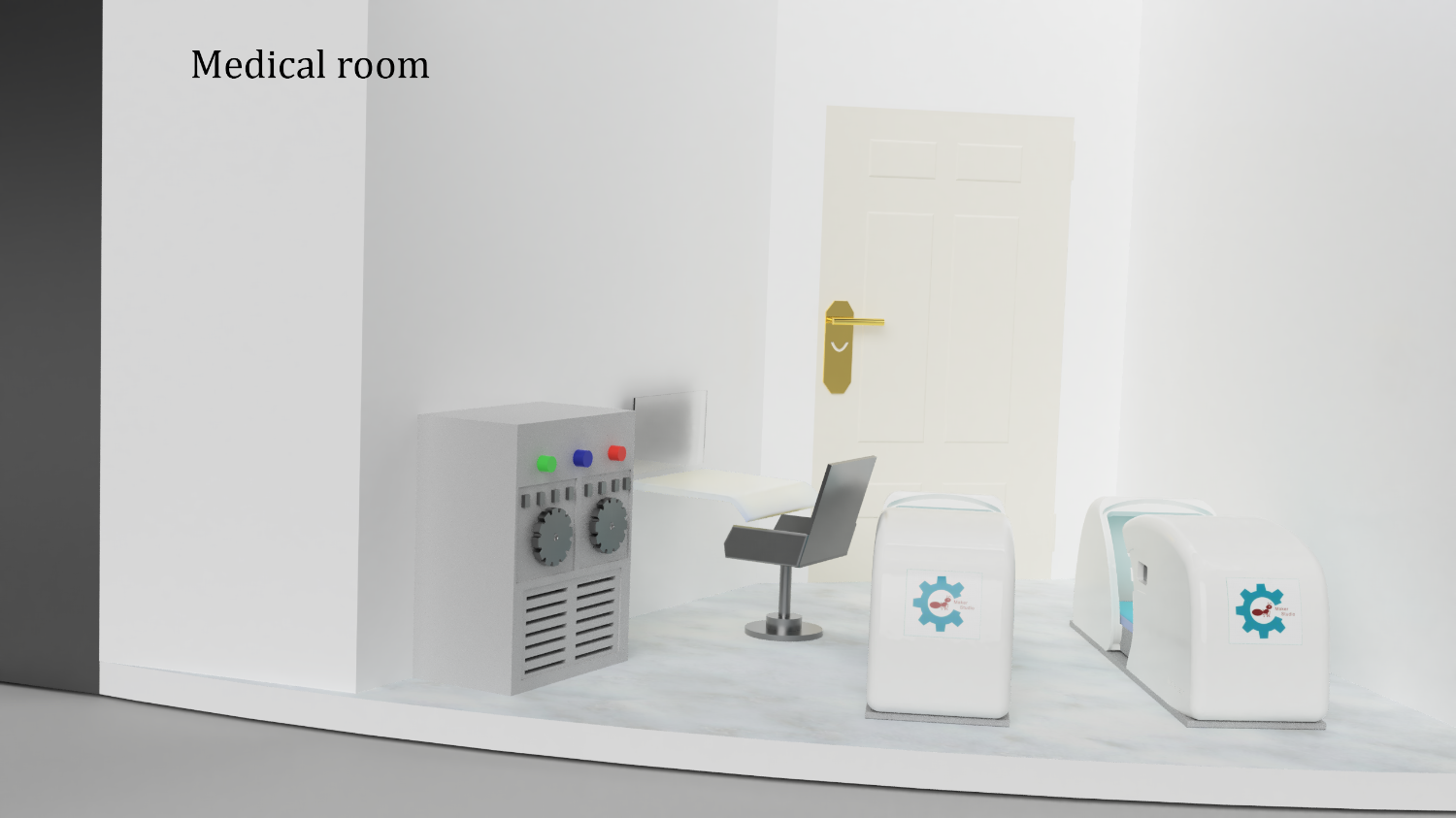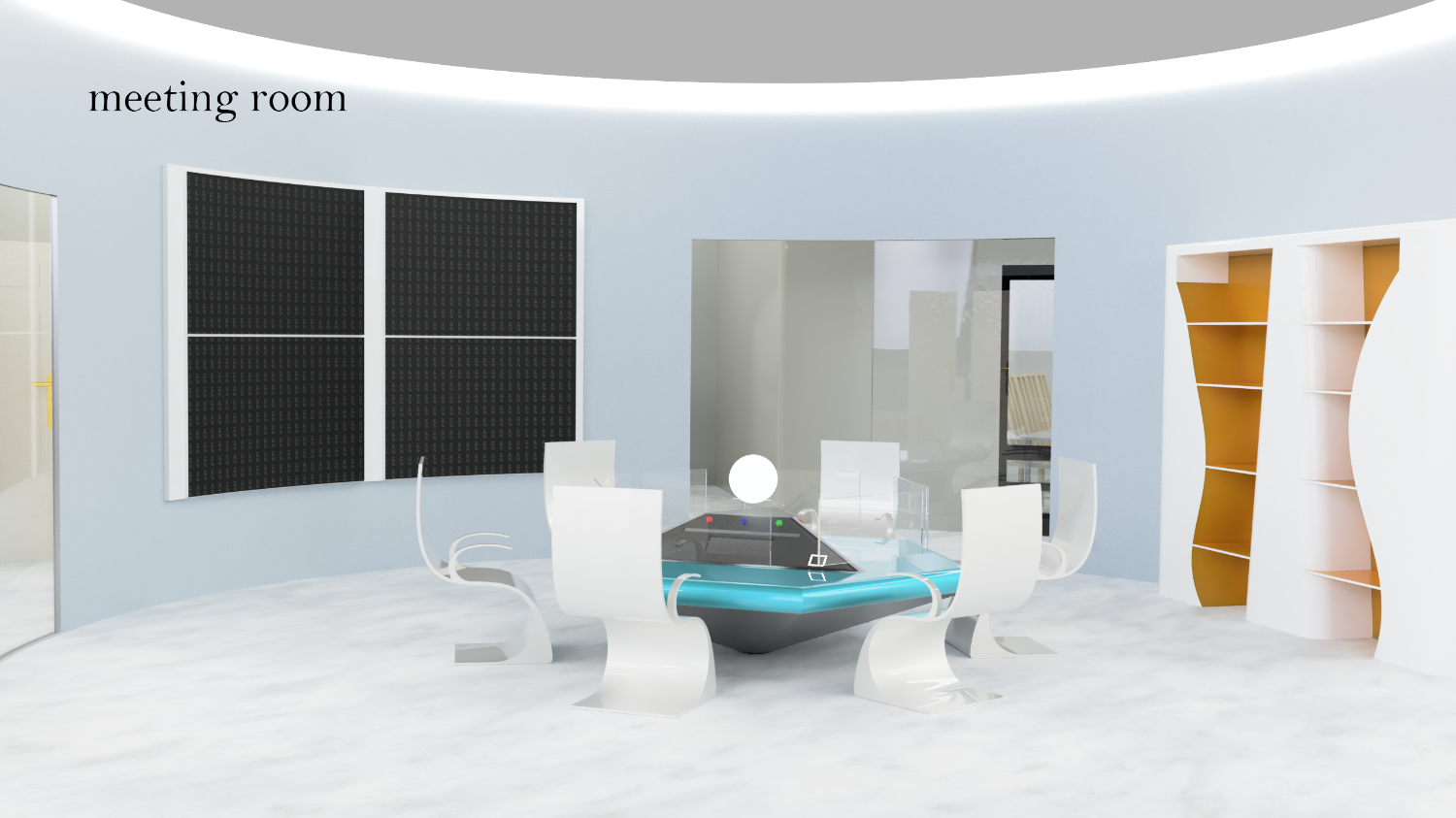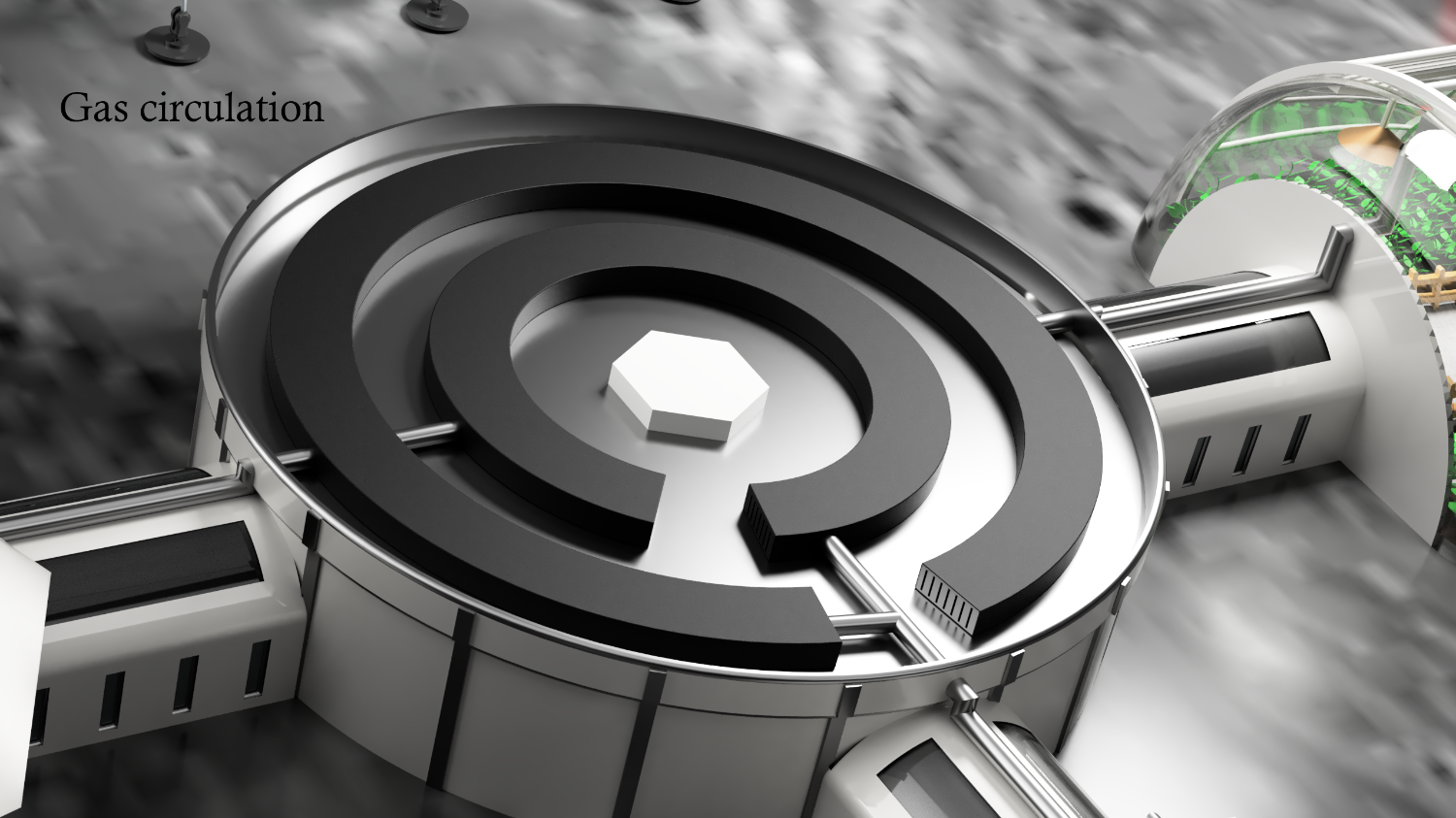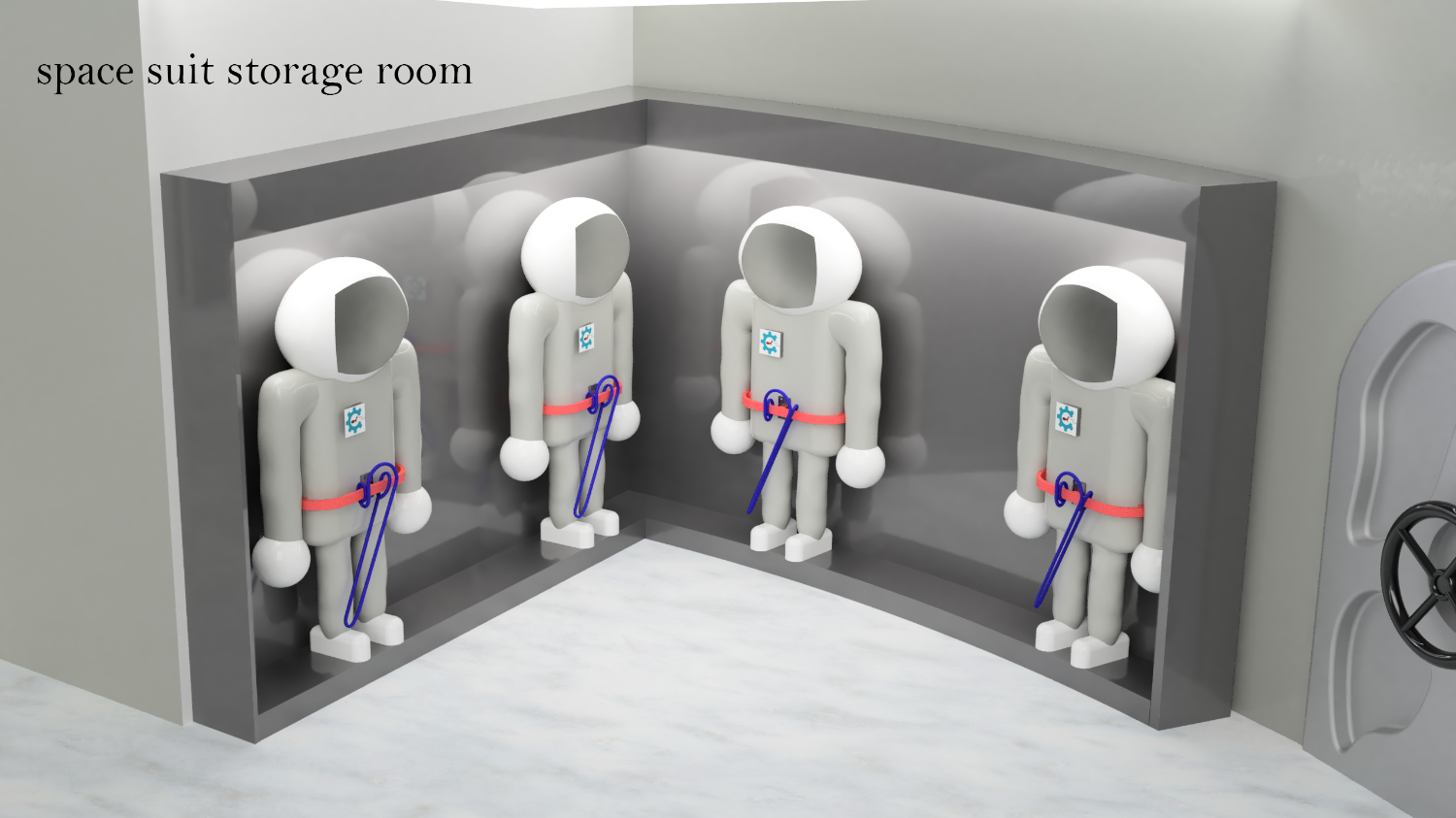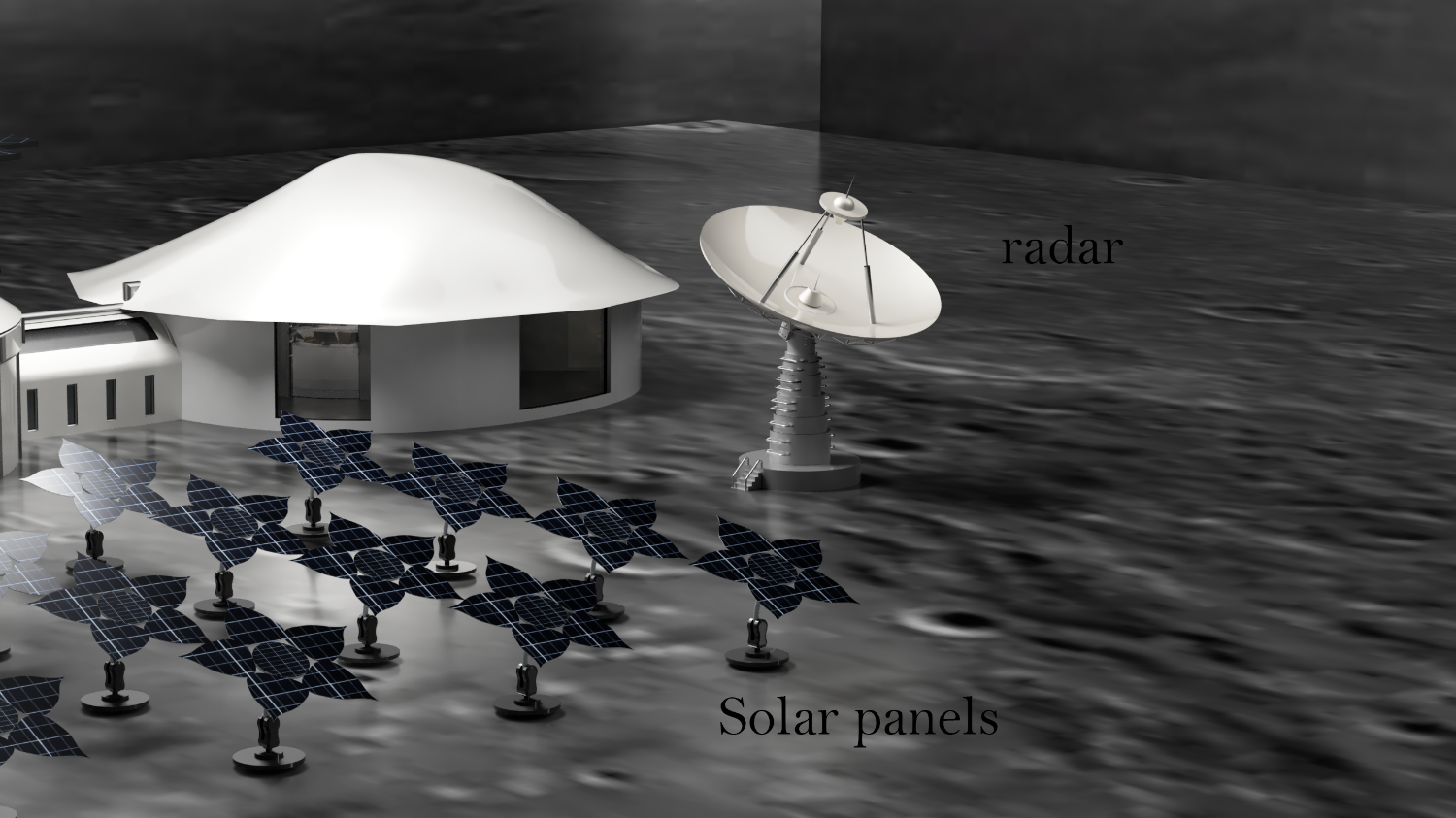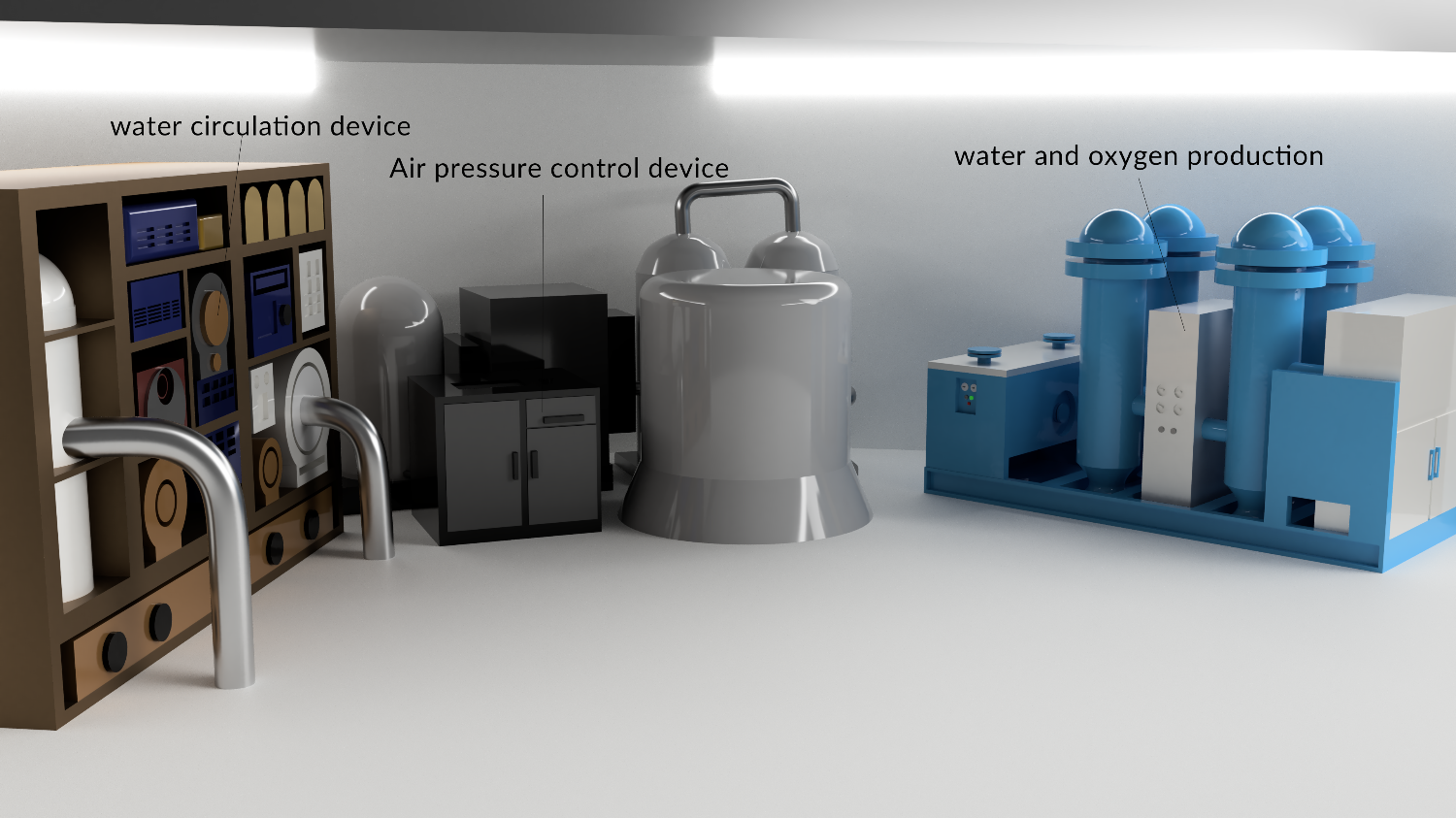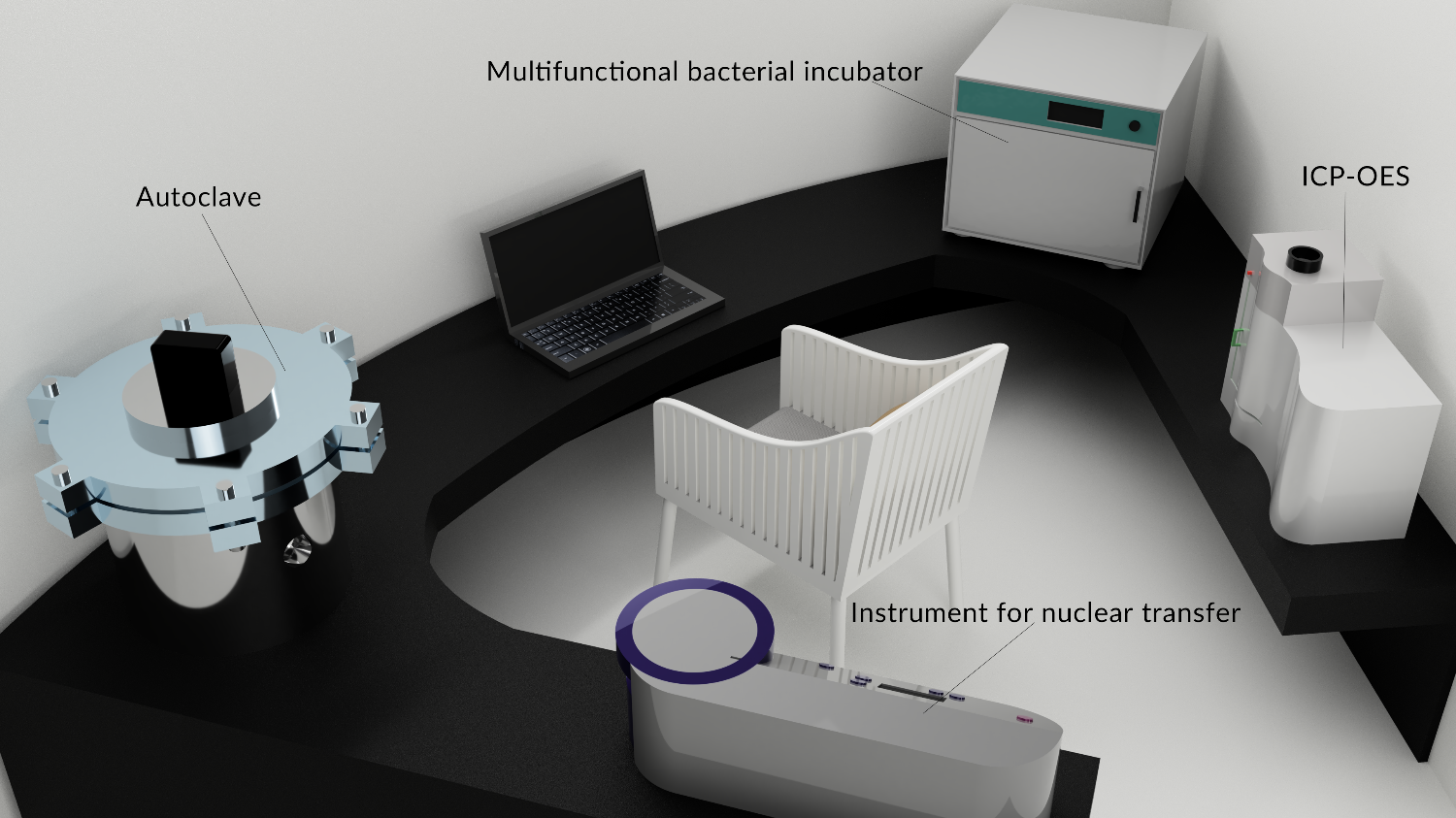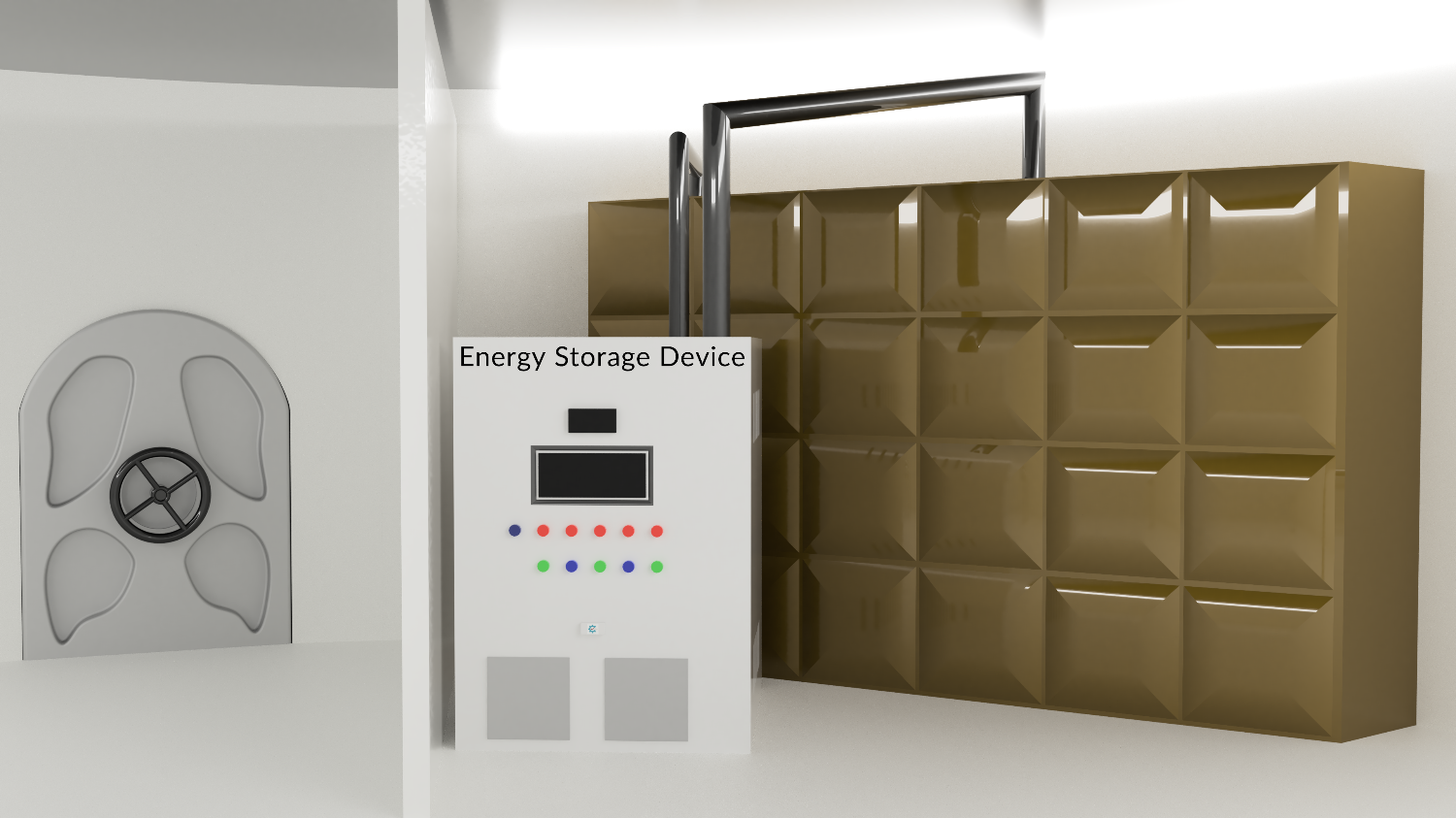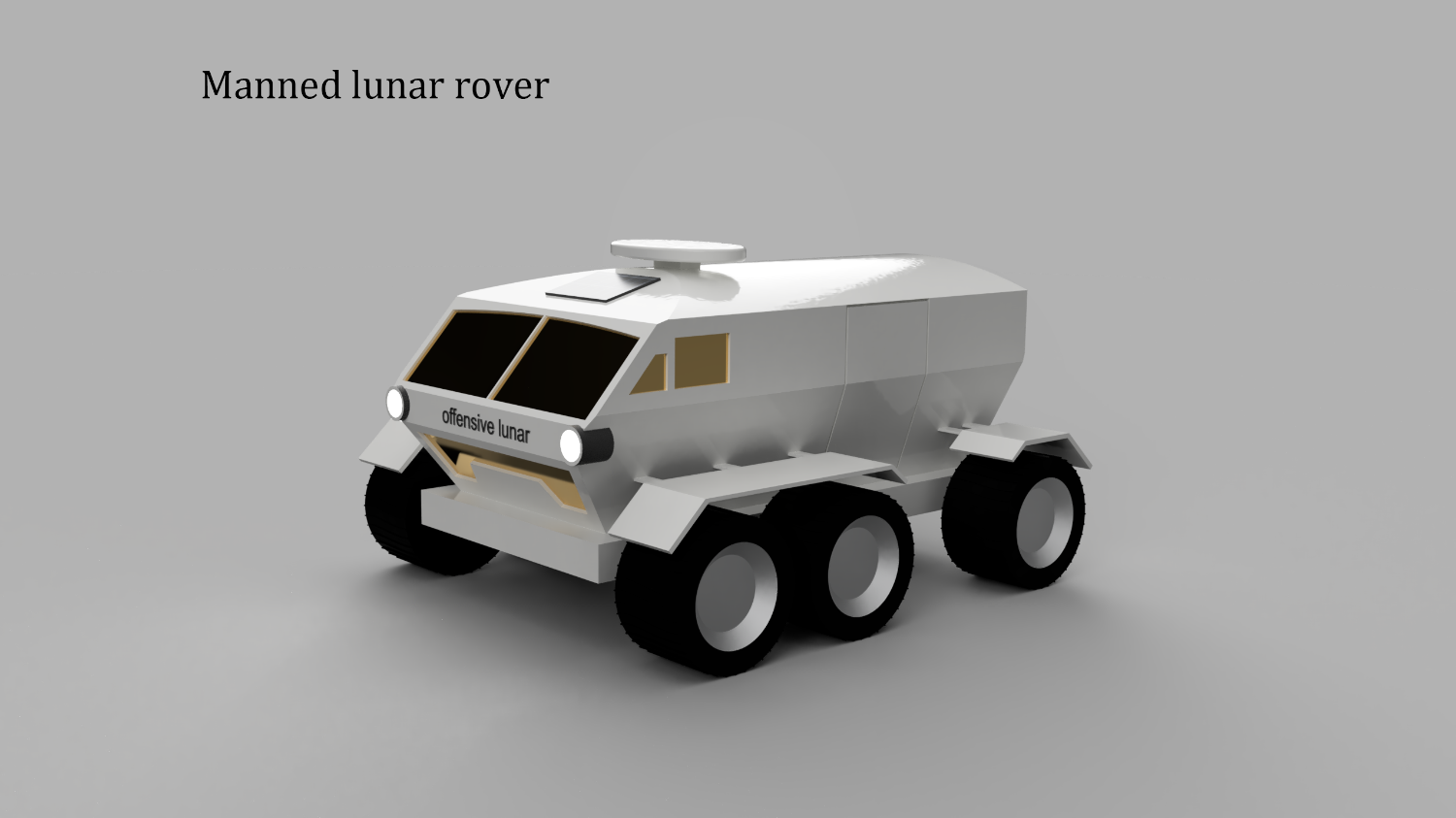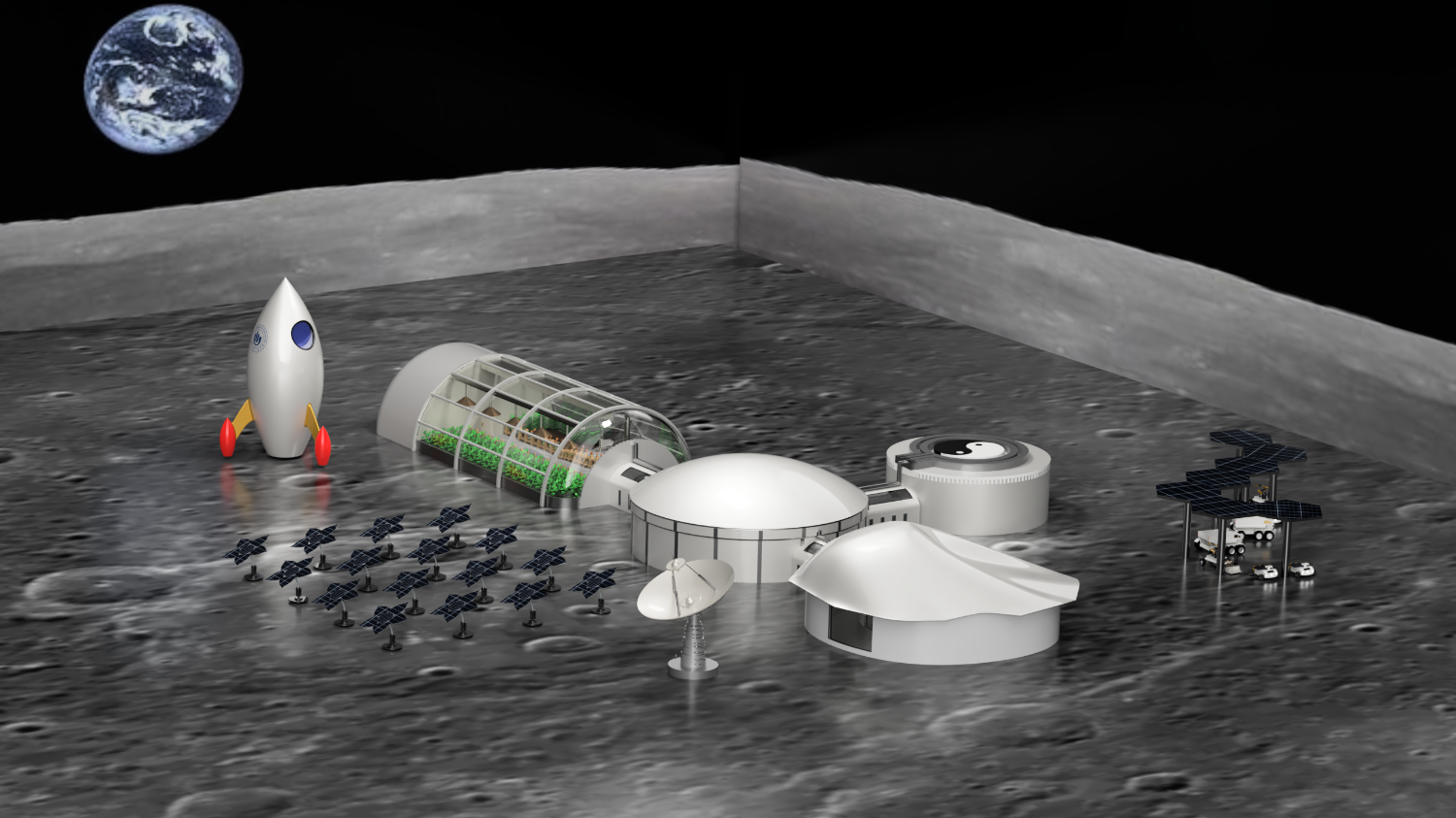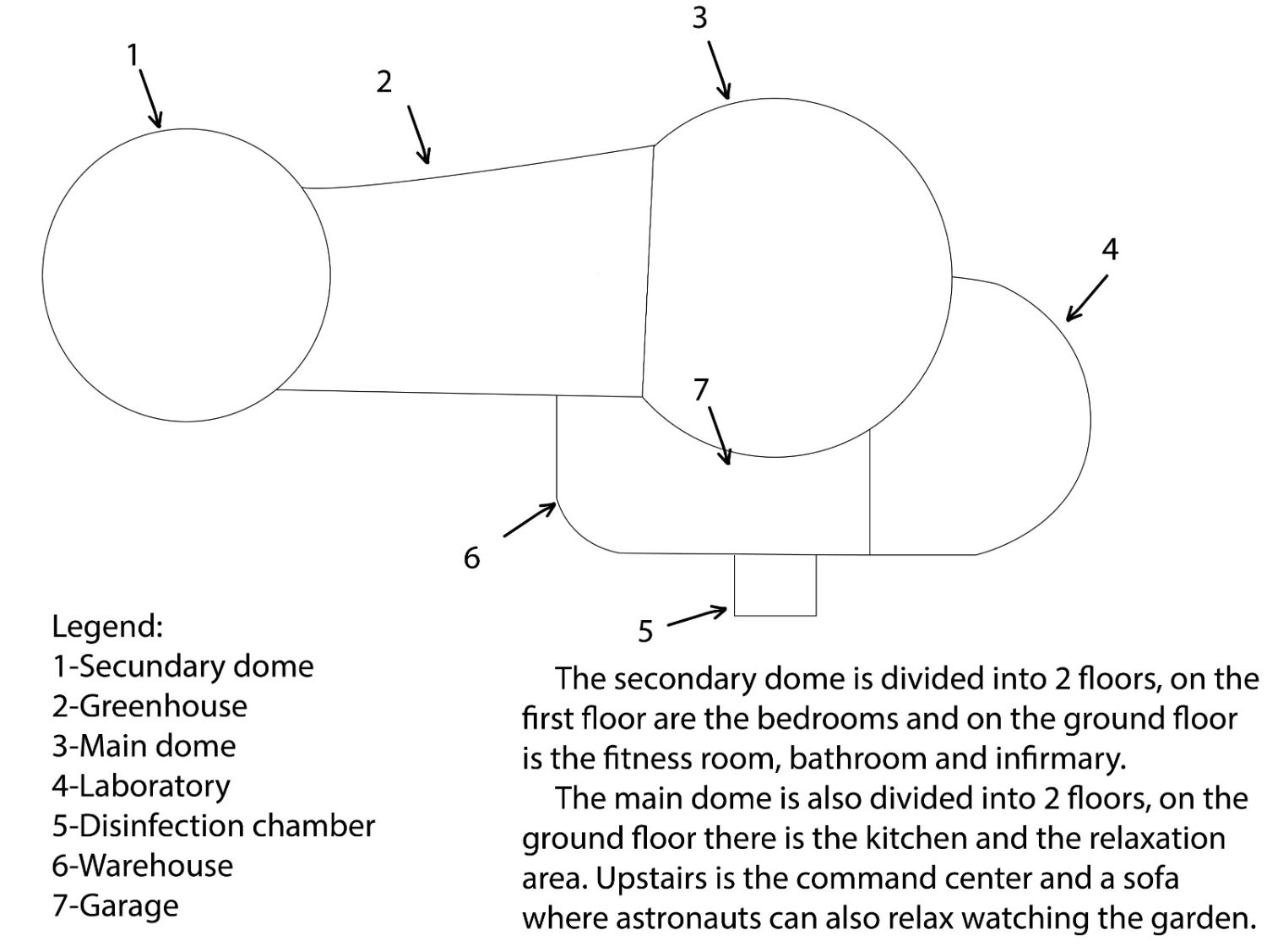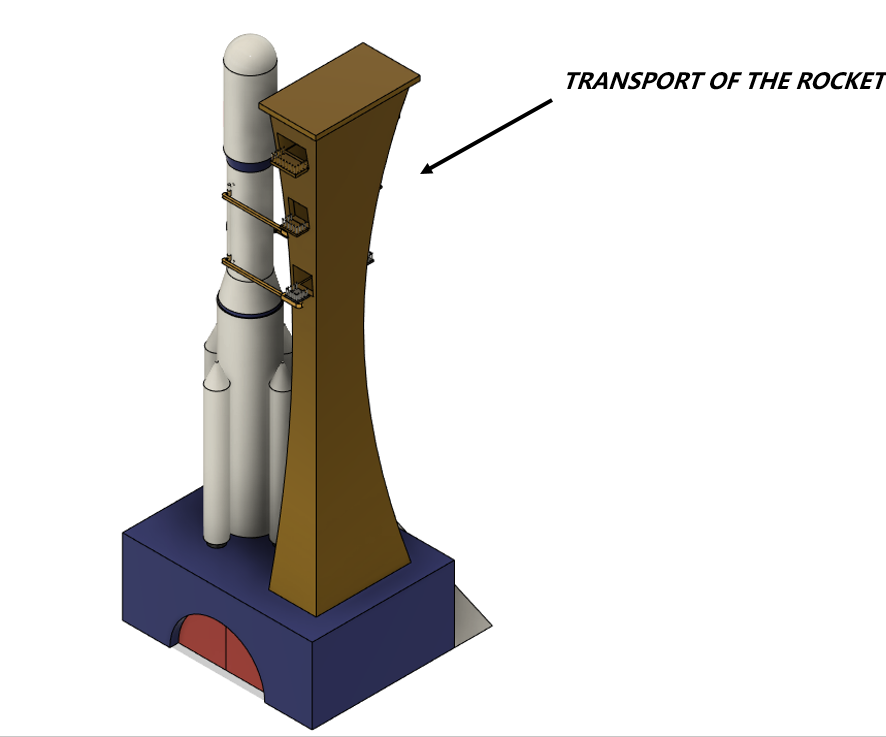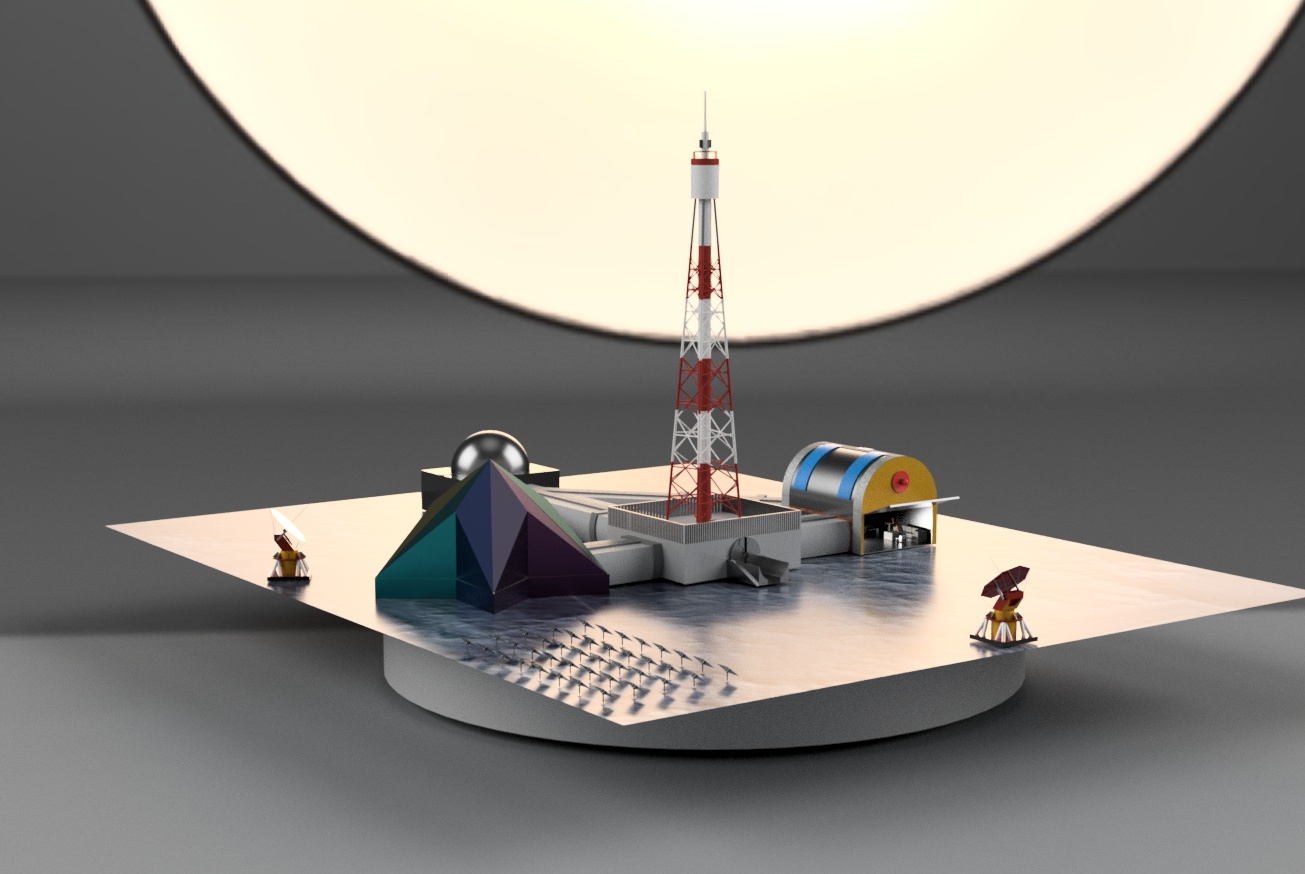Moon Camp Pioneers Gallery 2021-2022
In Moon Camp Pioneers each team’s mission is to 3D design a complete Moon Camp using Fusion 360. They also have to explain how they will use local resources, protect astronauts from the dangerous of space and describe the living and working facilities.
Team: offensive lunar
郑州轻工业大学附属中学 河南省郑州市 China 19 4 / 2 Highly Commended Design – Non-ESA Member states
External viewer for 3d project
|
Project description
In the case of the rapid increase in the population of the earth, the gradual shortage of various resources, and the extreme difficulty of exploring the oceans, the exploration and migration of outer space is a very good development direction, and the nearest moon is a very good choice. Our project will be a pillar camp for future lunar exploration. It will not only provide a living, scientific research and other environments for future astronauts exploring the moon, but also become a pilot for future migration on the moon. Our camp is mainly composed of four parts: control room, living area, green plant area and research room. And considering that last month’s explorers were people who had lived on Earth for many years and needed to stay on the moon for a long time, our camp provided an environment similar to That’s earth as much as possible, reducing the psychological and physical trauma of astronauts in a closed, unfamiliar, and single-work environment. The closed system of our camp adopts the latest “Moon Palace 365” experimental results, so that water and oxygen are 100% regenerated, and food regeneration is as high as 83%, while achieving full coverage of the camp network, so that almost all equipment can be controlled through the network, astronauts can complete difficult and dangerous work in a low-gravity environment by controlling robots, so that astronauts can live more comfortably on the moon. |
|||
|
2.1 Where do you want to build your Moon Camp?
Our lunar camp was built near Shackleton Crater, where the peaks at the edge of the crater were exposed to sunlight almost all the time, providing access to an extremely rich light resource; while the interior was always in shadow. The shadowed areas of the polar regions contain water ice needed by humans and can also be used to make fuel. And its internal low temperature, which acts as a cold trap, can capture and freeze the volatiles and moisture released when meteorites hit the moon. The low temperature at the bottom of the crater is an ideal place for infrared observation and can serve as an observation point for large infrared observation telescopes in the future. The Malaput Mountain, 120 kilometers away, is visible from Earth and can be used as a radio relay station. 2.2 How do you plan to build your Moon Camp? Describe the techniques, materials and your design choices.
Most of the construction materials for our camps can be sourced locally. We mainly obtain the rich metal resources in the lunar soil by melting the lunar soil electrolysis method and hydrogen reduction of ilmenite. In the molten lunar soil electrolysis method, we can directly put the lunar soil into the electrolysis instrument and use it directly without any treatment; and at the two poles, we can generate metal alloys or metals and the oxygen we need in the moon, respectively. In hydrogen-reduced ilmenite, we use ilmenite with higher levels on the moon to obtain building materials and oxygen through a reduction reaction; at the same time, because the lunar soil is rich in hydrogen due to the influence of the solar wind, a large amount of hydrogen or water side reactions occur when the reaction is carried out. In addition to using metal as a building material, we also use D-shape-3D printing technology to directly construct buildings. We can use lunar basalt or other lunar ores as raw materials for 3D printing, and we can add polyethylene to make the printed material more radiation-proof. And the materials printed by D-shape have a much higher hardness and service life than reinforced concrete. In the long run, as human exploration of the moon becomes more thorough and technology becomes more advanced, 3D printing technology with easy materials and high quality will be the best choice. 2.3 The environment on the Moon is very dangerous for the astronauts. Explain how your Moon Camp will protect them. (maximum 150 words)
Temperature: Isolate the outside temperature, use a capillary pump to control the temperature in the camp, and please rely on the dependence of traditional heat pipes on gravity. Radiation: First we made the walls of the camp thick enough, secondly we mixed hydrogen-containing substances in some building materials to enhance the barrier to radiation, and finally we provided astronauts with foods rich in vitamins A and C for the daily diet, reducing the effects of radiation and improving immunity. Moon Dust: We use active and passive dust removal methods developed by NASA and Boeing’s Kavia Manyap engineers to remove moon dust carried in and out of the camp; titanium dioxide atomic coating to reduce the damage of moon dust to external facilities. Meteorites: The site has fewer meteorite attacks and the camp walls are strong enough to withstand the impact of small and medium-sized meteorites. |
|||
|
2.4 Explain how your Moon Camp will provide the astronauts with:
|
Water
|
Food
|
Power
|
Air
|
|
Water is obtained directly by water ice and rocket water extraction. However, due to the large amount of hydrogen in the lunar soil, the reaction of using the lunar soil to prepare oxygen and metals will also produce a large number of side reactions to produce water, indirectly obtaining water. |
In the early days, all kinds of food were transported from the earth. When the camp closed system is officially operated, for green foods such as vegetables, they can be eaten in the camp through soilless cultivation, and the growth cycle of hydroponic plants is short, which can ensure that astronauts can eat fresh vegetables; for protein that the human body must supplement, it can continue to be transported from the earth, and it can also be supplemented by food printed by microorganisms. |
At present, the main energy used in the camp is solar energy and hydrogen energy. |
The ecosystem of our camp can sustain camp air composition almost as earth, with oxygen levels at about 21 percent, nitrogen at about 78 percent, and less than 1 percent left is water vapor, carbon dioxide, and other inert gases. Among them, the inert gas we can compress from Earth and carry to the Moon; carbon dioxide is just beginning to be carried from Earth, and carbon dioxide can be self-sufficient later as the camp ecosystem stabilizes. Oxygen can be obtained by melting lunar soil electrolysis, electrolysis of water and other methods. The highest levels of nitrogen we need to obtain by transporting from Earth and extracting it from lunar soils. |
|
2.5 Explain what would be the main purpose of your Moon Camp.
The main purpose of our lunar camp is to further explore and develop the moon. Although the Moon is the closest planet to us, humanity knows only a small amount about it, and we do not know whether there are other resources on the Moon that we have not discovered. Therefore, we set up a lunar camp as a base for lunar exploration, exploring the moon through unmanned remote sensing lunar rovers and manned lunar rovers, and then exploiting and collecting the explored resources through the lunar resource development vehicle. And because future humans are bound to immigrate to the moon, our camp can also collect data on all aspects of human life in the moon, laying the foundation for future migration to the moon, so that the life of moon settlers is safer and more comfortable. |
|||
|
3.1 Describe a day on the Moon for your Moon Camp astronaut crew.
At 7:00, the astronaut on duty returned to make rest adjustments, and the other astronauts woke up from their sleep. At 7:15 the astronauts got up and went into the bathroom to wash up. At 7:30 a.m., the astronauts enter the fitness area or go around the main road of the living area for morning exercise, while the astronauts in charge of the day’s diet enter the restaurant to prepare breakfast according to the recipe. At 8:00, the astronauts entered the restaurant for breakfast at the end of their morning exercises. At 8:30 the astronauts entered the conference room to arrange the day’s assignment. From 8:40 a.m. to 11:40 a.m., the astronauts began their own missions. Some take a manned lunar rover to explore the moon, some go to control rooms and research rooms to detect and analyze data, and some go to green vegetation areas to observe the growth of plants. 11:50 ~ 12:30 is the lunch time, according to the recipe of the astronauts to eat different lunches, timely replenishment of the required nutrients, so as to ensure the health of the astronauts. Astronauts who go out to explore the moon can eat the hearty food they bring from the camp. 12:40 to 14:00 is free time. Astronauts can go to lunch breaks or go to the green area to enjoy the moon scenery. If you feel physical or psychological discomfort on the moon, you can go to the medical cabin of the medical room for testing, and the computer will make an appropriate treatment plan for the astronauts based on the data. From 14:10 to 18:40, the astronauts are still on their missions. The astronauts who had left at 19:00 returned to the camp and began their dinner. Astronauts who go out at dinner can share the day’s takeaways with others. After dinner, astronauts began to move freely, looking at the Earth from the moon through a telescope or talking to their families on Earth. At 21:00, the astronauts first summarized the day in the conference room, and then returned to the house to start bathing and resting. The astronaut in charge of the night’s duty went to the storage room in the green plant area to check the food reserves and took out the ingredients needed for the next day, and then entered the control room to start the duty. |
|||


